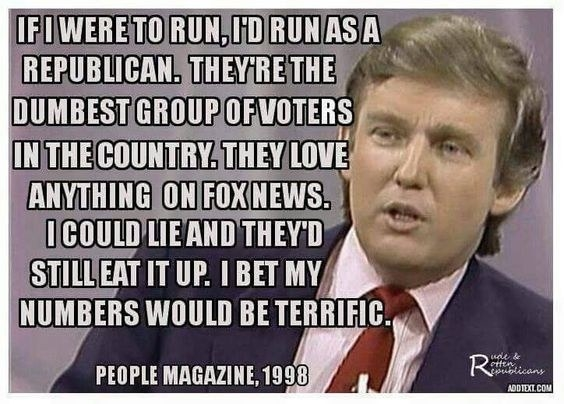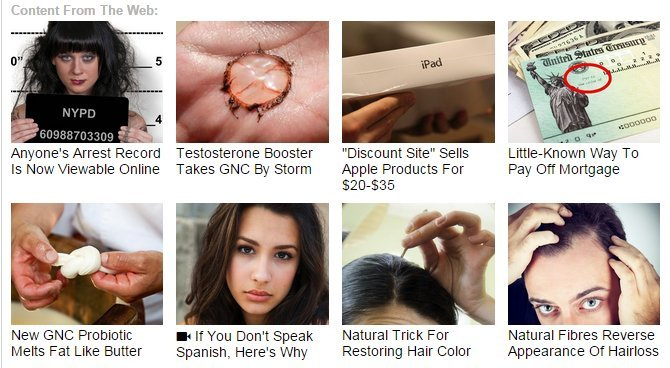#GlowAhead: All the news that’s fit to fake!
28 March 2017
By Adam Rothwell, Digital Intern, Glow New Media
Fake news is information published with the intent of misleading readers. It does this by deliberately making authentic looking news articles, based on false fact. Fake news websites usually publish with the aim of financial or political gains, they differ from satire websites which look to entertain their readers, not mislead them. Social media platforms such as Facebook and Twitter is often where these articles proliferate and gain the most attention.
The rise of the internet, more specifically, the rise of democratised publishing tools and social media sharing capability has increased the occurrence and reach fake news, although to date, the main platforms such as Facebook and Twitter seem reluctant to tackle it directly.
Anyone can take on the role of a journalist now and create articles with the intent of making money from them - the problem is that the more shocking the headline the more chance it has to go viral and be picked up by many readers. This is often not fact checked (as would be more likely in traditional media channels) and instead going for the bigger often fake headlines, more attention equals more clicks which equals more money from ad revenue.
Spotting fake news can really only be done if you are paying attention to what you are reading and not just sharing something on your content feed based off a misleading title that might have been shared by someone else.
Here are some tips for spotting fake news:
- Do not trust anonymous sources
- Do not trust articles that have other news companies as the source of their information - they clearly have not done their own research for the article
- Compare multiple articles. If a few articles are all claiming the same thing then there is a good chance that it is not fake news.
- Big news attracts attention seekers. This is people looking for attention, people looking for the next big scoop or piece of exclusive news, this can extended into creating fake news and passing it off as an exclusive scoop.
- Beware of reflex tweeting and sharing. Remember, you are responsible for the content you share so share responsibly.
 This is a good example of fake news, during Donald Trump's presidential campaign this quote was used against him by opposition supporters in an attempt to discredit him. This is to be expected, except for the fact that the quote is completely false, the interview happened but Trump did not say what is in the image.
This is a good example of fake news, during Donald Trump's presidential campaign this quote was used against him by opposition supporters in an attempt to discredit him. This is to be expected, except for the fact that the quote is completely false, the interview happened but Trump did not say what is in the image.
Now you start to see why fake news can be so dangerous, the majority of people who see this image will take it on face value and instantly believe it, share it and tell their friends about it, spreading the fake news further.
Fake news is different to clickbait, but they can work together.
Clickbait is a way of generating ad revenue by having people click on a link that takes you to an article, image or a video, once clicked the website that host’s the link earns revenue from advertisements.
It is typically easier to spot clickbait than fake news as it will usually use an overly dramatic headline to grab the reader's attention, for example - “When You Read These 19 Shocking Food Facts, You’ll Never Want To Eat Again”. Here are some more examples of titles that are over dramatic.

Titles like in the image above also attract the curious side of the reader and they feel compelled to click on the link to read these stories even though once clicked the article is usually mundane and offer a solution or explanation that is already well known.
Clickbait when used along with fake news can be more harmful though due to the emotional state the people can get into even though they have only read the headline, they will then spread this article and they themselves then become part of the problem as they have introduced new people to the article. Sometimes legitimate news stories can have over dramatic headlines purely for the reason of grabbing the reader's attention but the majority will be clickbait articles.
So, the best way to identify the difference between a clickbait and non clickbait article is if the headline tells you how to feel instead of remaining unbiased and letting you formulate your own reaction to the story. The same technique can be applied to fake news.
One way to check is to visit this website - Fake News Watch (http://fakenewswatch.com/). It is updated with websites that post fake news articles and should allow you to spot a fake one quickly, do not forget to fact check either and always be aware, fake news is everywhere.
Feel free to republish, but please link back to us: Glow New Media
"Donald Trump at Hershey PA on 12 15 2016 Victory Tour" by Michael Vadon is licensed under CC BY 4.0
